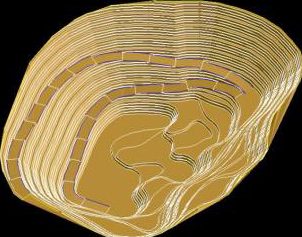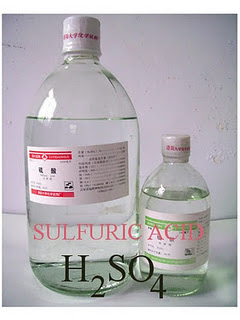Geometry Of The Drilling Include :
- Diameter Hole Shot
Diameter of the bullet holes that are too small causing the resulting energy factor will be reduced so as not big enough to unload rocks will explode, if the diameter of the hole is too large, then shoot a hole shot is not enough to produce good fragmentation, especially on the rocks there is lots of stocky with distances at high densities. A small diameter bullet holes also provide fault or destruction of the better on the roof ladder. this corresponds to stemming, where a large fire pit then the length of stemming aka also greater due to avoid vibration and fly rock, whereas if you use a small bullet hole then the length of stemming can be reduced.
- Shot Hole Depth








